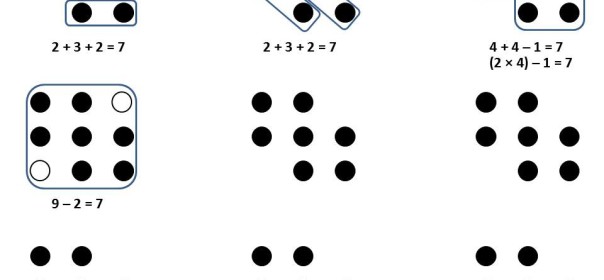Give students several copies of the same image – along with ample space to notice – and they will amaze you. In this post, you’ll be taken on a tour of noticing. At the end of the video, you’ll find a page which you can download and use with your students. I encourage you to show the video to your class, pause it at the strategic point I’ve indicated in the recording, and then give your students massive space to notice. When you are finished, if you have an opportunity, send me a picture of the student thinking that emerges in your classroom. I’d love to post several of those pictures to the blog.
To download the PDF described in the video, simply click on the link below.
Download the Massive Space to Notice Dot Pattern.
A similar post that may interest you is “8 Animated Dots and 1 Powerful Question.”
You may also enjoy the post Stepping Into Each Other’s Classrooms or the animated series which describes some strategies to make it happen: The Animated Learning Walks Series.
In upcoming posts, I’ll detail how to quickly and easily make several dot patterns, such as the one in the video. If you are interested in a jump start on that concept, I encourage you to take a quick look at How to Make Quick Subitizing Images + 3 Free Resources.
Further Notes
I’m impressed by these responses from Matt Hardman’s (@mdhardm) students in Georgia. I hadn’t thought to adjust the orientation to see more possibilities, but as soon as I saw what Matt’s students had done, I immediately learned something new. Thank you for sharing these pictures!




Leave a Reply